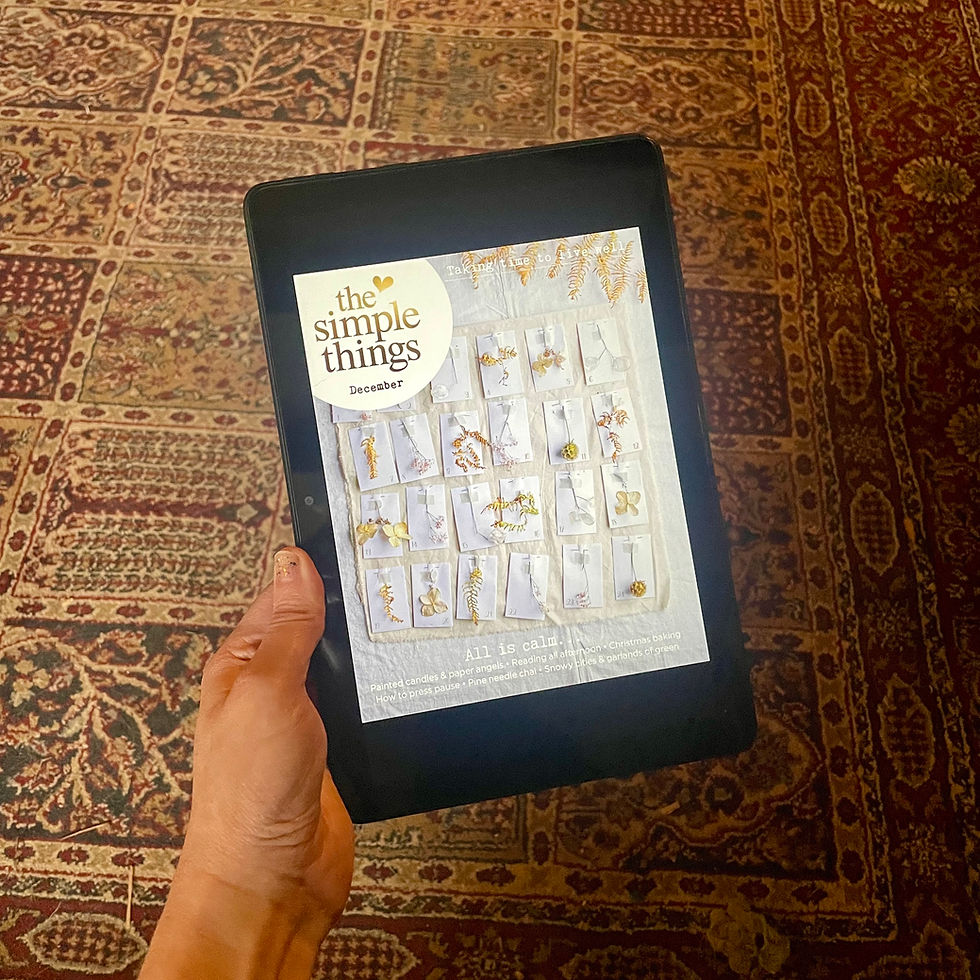EcoBricks, Solution or Plastic Enabler?
- hello@makingroots.co.uk

- Nov 13, 2018
- 3 min read
Updated: Apr 13, 2020

As we become more aware about the plastic crisis, solutions are being researched. The very best solution we have is to reduce our use of plastics all together. To find plastic free alternatives. But what about the unavoidable plastic, the plastic that already exists?
One solution that we previously relied on is recycling, although we are learning that recycling rates are painfully low. Also, many of the plastics we might use everyday are non-recycable. Single use sachets with mixed materials are one notoriously hard to recycle plastic. Sweden burns it’s plastics to generate energy, however the smoke from burning plastic can be toxic. Should we be utilising our non recyclable plastics in a different way? One potential solution, is eco-bricks.
Ecobricks are essentially plastic bottles, packed hard with non-recyclable plastics. This is a solution to already created and disposed plastics. Those that are sat in the great gyres of the oceans and prevents further wildlife death, entrapment and poisoning. It may also be a solution for undeveloped regions with a lack of disposal facilities.
I don’t feel as though ecobricks are a solution, but they are an emergency response. There is a risk that it is used an excuse to keep using plastic, and not make fundamental changes to lifestyle and production. However, as we currently stand, plastic is still being manufactured, and even for a hard core plastics campaigner its hard to avoid sometimes.
So we decided to look into how to make an ecobrick- so that we can mitigate for the plastic we use whilst we’re here in the Philippines. Heres a break down of some things we learnt.
What goes into an ecobrick?
- Non recyclable soft. plastics.
- Only non biodegradable plastic, thats clean. Soiled plastics, with either food or liquid risks decomposing, producing methane. This can cause the brick to explode!
- No paper, glass or metal can go in. Just plastic.
- If you are making a brick for a specific project, check first what size bottle is needed. Most special projects require the same same brick. Some projects also have weight requirements.
The idea is to pack in as much plastic as possible, to make the bottle as hard as one can. Coloured soft plastic in the bottom cm makes later packing easier.

How did we find it?
We found a large coca-cola bottle on a beach clean, that I thought would be perfect for our bottle as coca cola is the biggest plastic polluter meaning it's likely to be used a lot in ecobrick projects. I cleaned it and left it to dry for a few days. I kept a box of plastics, that we'd been unable to avoid (almost impossible in The Philippines!!), that I had cleaned, dried, and shredded as I went. I also packed in the CLEAN items I had found in the street or beach. We don't have hot water or abilities to really clean properly in our house, so I avoided bringing outside plastic into our house unless it was clean.
When it came to packing, it took me about FOUR HOURS!! I could not believe :
1. How long and meticulous the process was. Cleaning, drying plastic was a long (few months) and considering plastic was left to dry on the sink, a relatively messy process. Physically packing into the bottle was also very tedious.
2. How much plastic could be fit inside. Both a good thing but also a concern.
Impressions of Eco-Bricking?
Eco-bricking is not a "solution" and should not be a reason to use plastic, especially in Western countries. It is time consuming, tedious and promotes continued "business as usual" plastic use. The plastic has not gone, it is still there just in a compact form. At some point again "we" will be dealing with these bricks- whether that is in a time that can actually utilise the resource, who knows.
It is potentially a solution for very remote, developing regions to utilise current plastic situations. It is certainly better for it to be "tidy" . But I also have lots of questions in regards to it's use. Is it insulating? Fire resistent?
So what can you do instead? Use less plastic. Avoid relying on systems that so far are not working very well. Find shops and stalls that sell minus the plastic in the first place. If you do decide to ecobrick to retain all those accidental bits of plastic, just beware it is a long process.
Ecobricking is a band aid- not a solution.







Comments